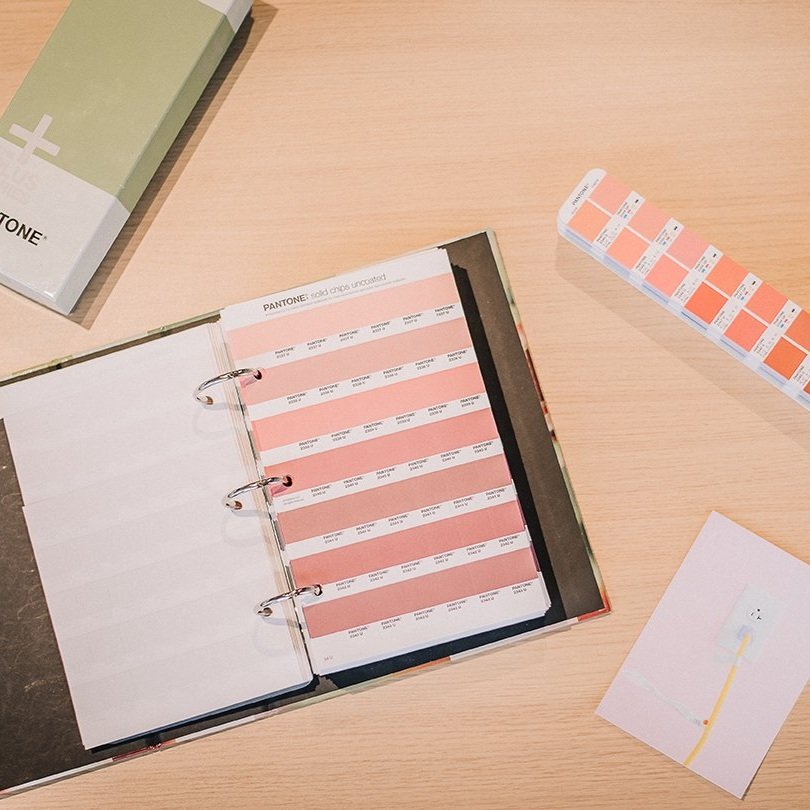Designing a Visual Identity Toolkit: 4 branding elements your business is likely to need need
As a Branding Designer I design logos, but not “a logo” in the singular sense. Typically, brands will not only need a system of logos, but they will also need other supporting visual elements from which to build a complete visual identity and, in turn, brand assets. Here are the components I recommend you have in your Visual Identity Toolkit:
1. LOGO SYSTEM
The logo is the cornerstone of your visual identity. For me, it’s the element around which I build the other pieces of the Visual Identity System. I design a primary logo first and label it as the “master logo,” meaning it should be used most of the time, in most circumstances. Then, I create variations of the logo based on other possible uses.
You may need different orientations of the logo, versions with more or less type descriptors, and you likely need full color as well as black and white, all-black, and all-white versions. Possible components of a logo system could include:
• Master logo
• Alternative orientation - horizontal or vertical
• Logo plus or minus a tagline
• Logo plus or minus a location
• A square and/or circle favicons to use on social media sites
• All versions created in full color, black and white, one-color white, and one-color black
2. COLOR PALETTE
Color makes an important first impression. Being consistent in your use of a branded color palette means people will soon identify a message as coming from you. When I design a palette, I typically select 2-3 primary brand colors and, at minimum, 9 additional colors. I take care to include enough light colors in the palette, so they that can be used as a background color on black text, so the text is easy to read.
3. SUITE OF TYPEFACES
To maintain consistency with type, I recommend selecting the following:
• Logo Typeface
• Headline Typeface
• Secondary Headline Typeface
• Body Typeface
For additional information—and to understand the difference between a typeface and a font—check out my post about how to choose typefaces for your brand.
4. SUPPORTING GRAPHIC ELEMENTS
After you finish building your Visual Identity, you’ll need to create branded assets. In order to do this effectively, you’ll need a suite of graphic elements. Sometimes these take the shape of simple forms, sometimes they take the shape of robust illustrations, but most of the time they fall somewhere in between.
One way to create these elements is to lean on the logo. If the logo has an icon, this is often the basis of the graphic elements. The icon can be used at different sizes, elements can be stripped from it, or elements can be added. Another way to understand these elements is to think of them as the bits and pieces that will become the frame of a presentation or the background of your website.



